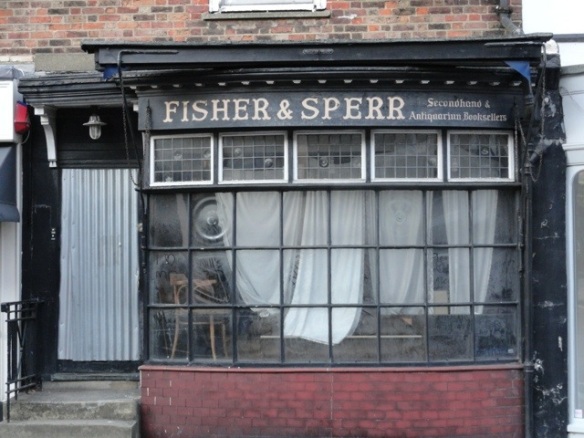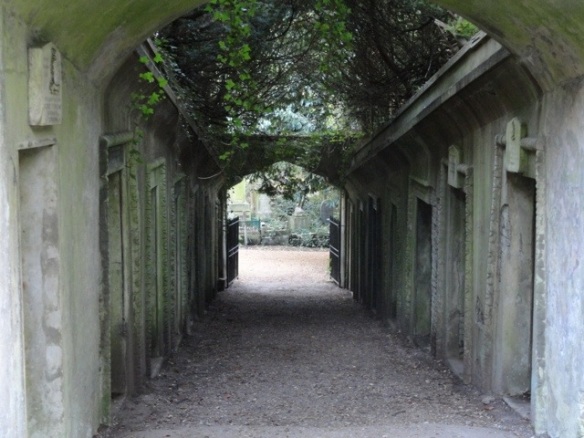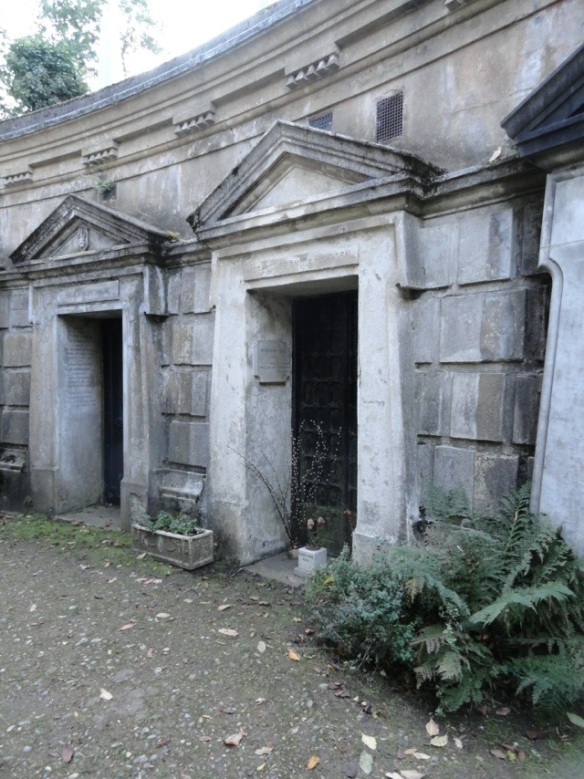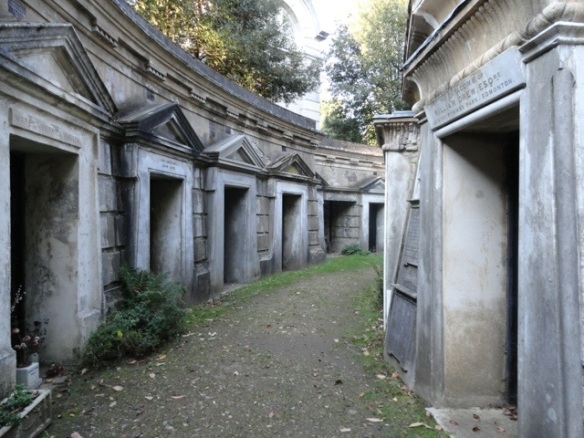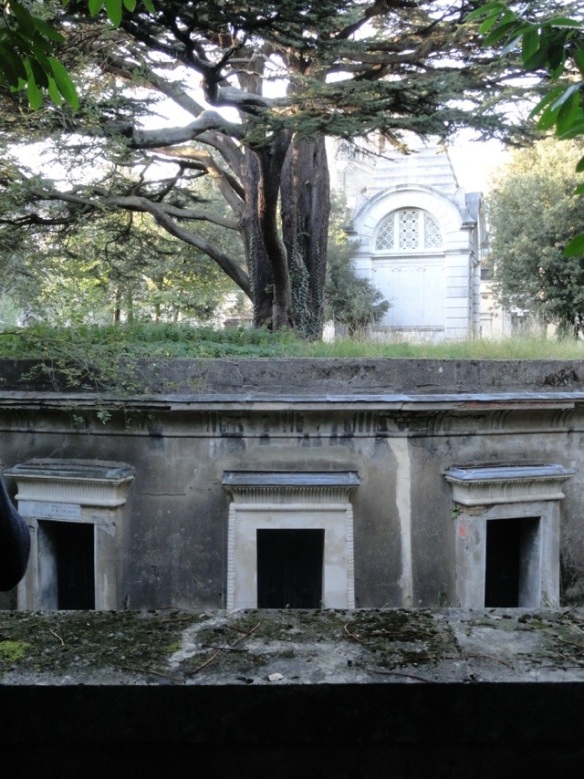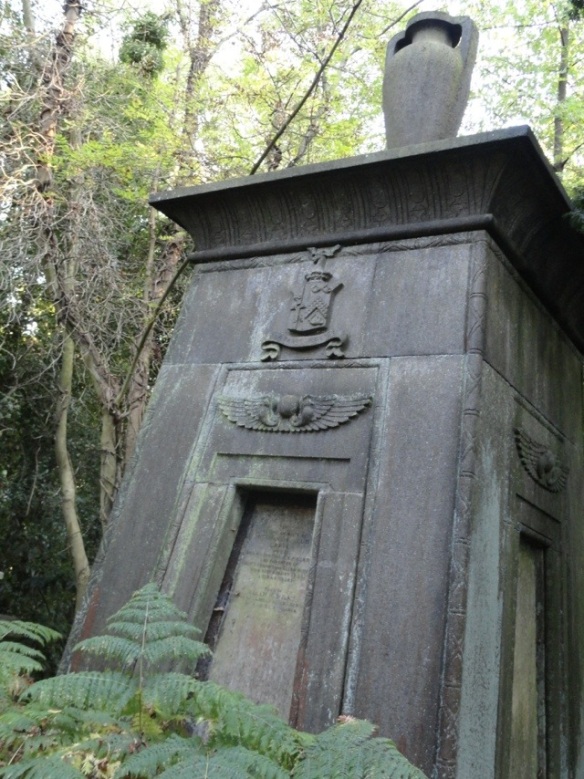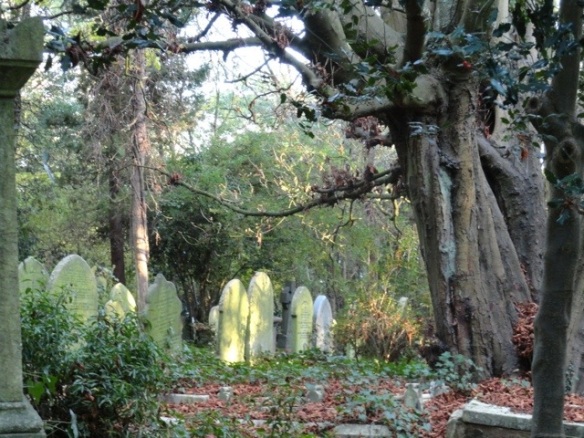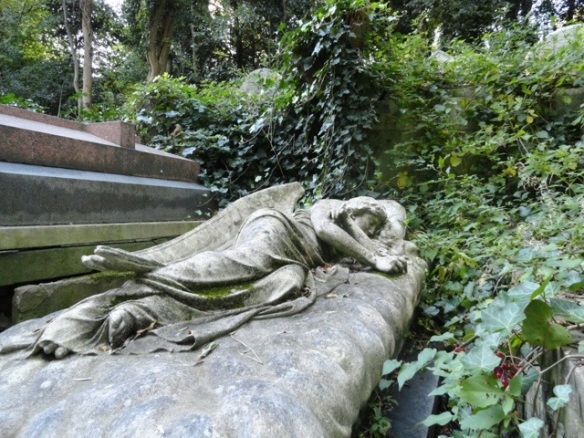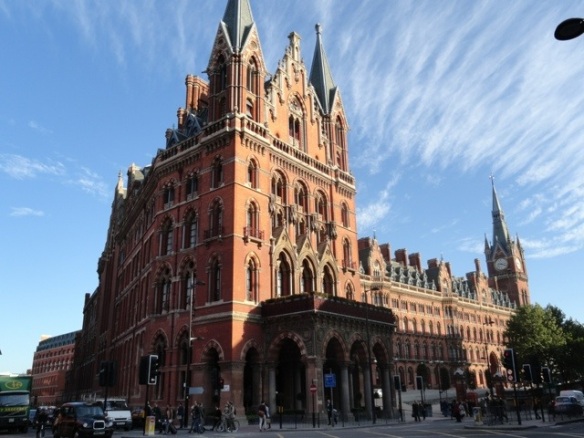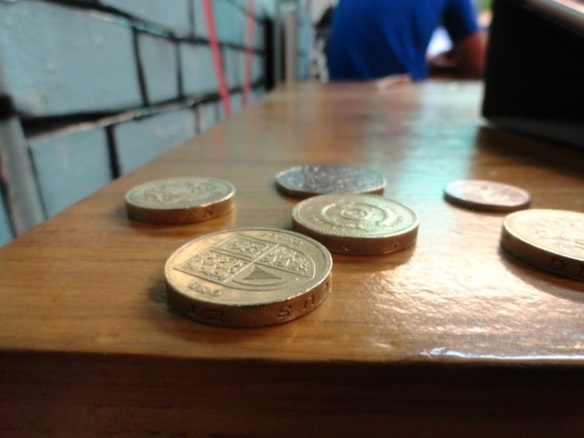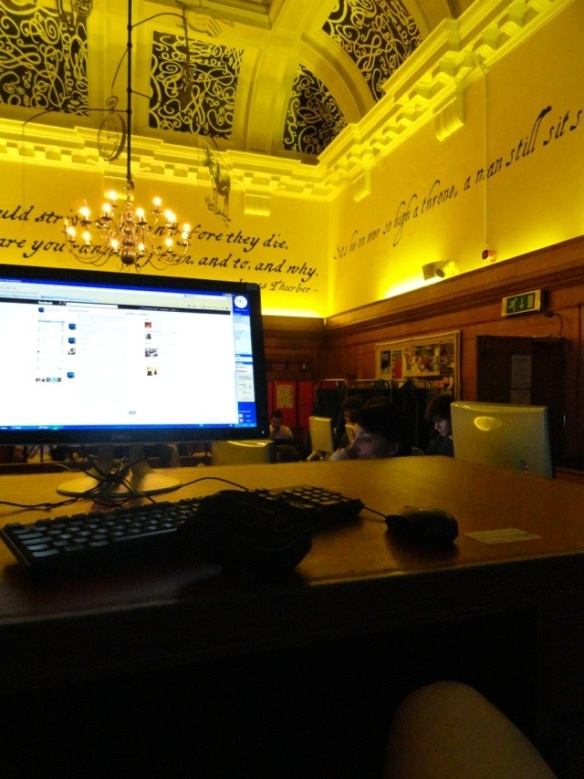“I’ve never really been out of Shoreditch” -Vince Noir
The above is a line from my favorite episode of The Mighty Boosh. This happens to be the first episode I ever saw, and at the time I thought that the suburb was made up. Turns out that a lot of perfectly real UK towns and suburbs sound quite made up (I’ll cite “Eglsywyr” here) and Shoreditch is a real place; one of my favorite places in Lun Dun.
Before we even got to London, I marked out Brick Lane on my map, on the advice of a friend, and we walked there from our hostel for a curry one day. Unfortunately, this was a weekend, and we were duly SWAMPED by Hipsters. Europe’s most curry-concentrated street for one half, the other half could well be Europe’s highest concentration of wayfarers, non-prescription eyewear, found-object jewelry and general eye-melting, eating-disorder inducing, cover-gracing fashionistas. It goes without saying that I was intimidated and impressed in equal measure. Eg: I saw a girl whose idea of trousers was stockings with transparent vertical stripes. The reason for this prolifory of frippery is that Shoreditch rings to the sound of vintage cash registers at dozens of trendy second-hand and hand-made stores. This being our first week in Europe, with a looooong Sherpa-less journey ahead, I bought nothing of the über-cool handmade and vintage offerings, but we did buy coffee and vegan cake, surrounded by ironic furs on coat hangers, at a cafe occupying a stall within one of the huge basement vintage markets. I had fun, but there was really far too many people, and I felt like Daniel was politely waiting to go the whole time -“patience is just a mild form of despair”- so we left soon.
Last Wednesday, I was lucky enough to get into the Alternative London tour, which had been booked when we were in London previously. I walked from our hostel in Southwark to our appointed meeting place: “the statue with the white goat outside Old Spitalfields Markets”, and walked up to the very well-dressed gent who was not my guide at all but Andrew29 (google him), looking for a date. Our guide Gary turned up soon after, replete with urban splendor in strangely fitted grey jeans, a black leather jacket and shiny black and yellow hi-top Nikes. But he wasn’t at all too-cool-for-school in attitude, and when I later made a point of how much crazy high fashion there was around he joked back with “I know; some of ’em even ‘ave blue hair!” Gary is a fierce lover/supporter of his home suburb, and especially it’s prolific street art, which forms the flesh and bones of the Alternative tour.
On the tour we saw hundreds of works by dozens of artists, many of them on the level of the Archibald Prize. Instead of blabbing about them all I’ve ripped some images off da interwebz, but they are coming and going from the streets constantly; this organic cycle growth, predation and renewal is a visible and electrifying undercurrent in the subculture. Many of the best and most difficult works of art were done, illegally, by international artists on 24 hour stop-overs. Most are commissioned though, and the majority of uncommisioned works are appreciated by local residents of all classes and professions, not just an antagonistic group of vandals. The London council is currently conducting a shock-and-awe Sturmrang campaign of arrests and hideous gray-washing, against the wishes of locals in preparation for the cashed-up culture sensitive Olympic tourists. I will rant about this further upon request.
As well as seeing all this inspiring artwork we visited some historically impressive sites, including a building which been a Protestant church, a Catholic church, a synagogue and a mosque respectively, and the match factory where Karl Marx’s daughter started the Matchgirls’ fights for fairer conditions in the workplace. A more recent building of importance is an abandoned railway station which has been renovated, rail cars included, into an Eco-village and collective of affordable artists studios. The aim of the project is to provide affordable accommodation and creative space for Shoreditch locals who are increasingly being priced out of their suburb by the gentrification process, and moreover to prove and point out to the city council that such an option is necessary and possible. The facade of this amazing interstitial habitat is covered with a twenty-foot union jack. Look closely and you may discern the anti-English lyrics a the Sex Pistols’ song.
After the tour I was energized and inspired and felt a real sense of ownership in the Shoreditch art culture. I asked Gary to point me back on the direction of a certain wall I’d glimpsed at one point in the tour, and he offered to take me right there once he grabbed his parked push-bike. He couldn’t help explaining more art all the way back; there’s so much that for every piece Gary talks about there’s ten others in the immediate vicinity that you can only glance at and wonder. The pieces Gary showed me last were intricate stencils of homeless people sprayed in colored layers onto the plinths of a car park for well-paid government workers. Gary split and I admired more of the work alone, then went back to the historic Beigel bakeries, and a Swedish cafe called Fika, for a coffee. The cafe smelled amazingly of marzipan and spices- the girl told me the scent was Semla, special buns baked only in February, spicy dough filled with marzipan and whipped cream 😦
I sat down with my coffee and people-watched all the wonderful weirdos, as well as the counter culture of humble shop owners and blue-collar tradesmen who also make Shoreditch their home.

